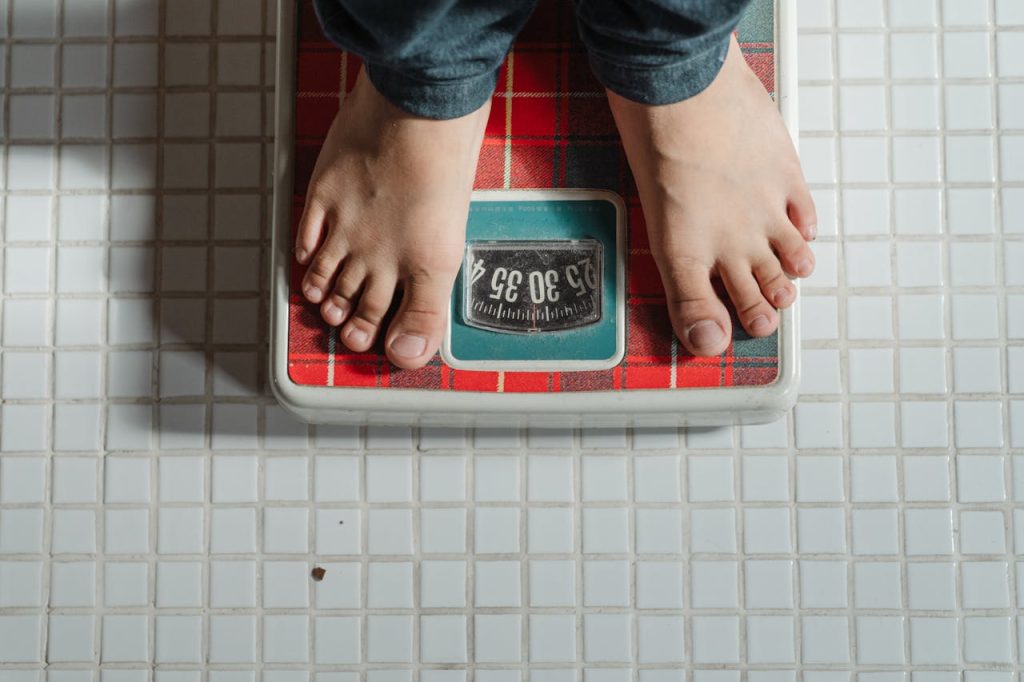
Embarking on a weight loss journey can be an exhilarating experience, filled with newfound energy and confidence. But what happens when the scale drops, yet your skin doesn’t bounce back? Loose skin after weight loss is a common concern for many. It’s natural to want to look as good as you feel after all that hard work. Fortunately, there are effective strategies to minimize or avoid loose skin entirely. Let’s dive into how you can achieve your dream body without compromising on skin quality!
How to Prevent Loose Skin After Weight Loss
Preventing loose skin after weight loss starts with a smart approach to your diet and exercise routine. Incorporating strength training helps build muscle, which can fill out the skin more effectively than just losing fat alone. Aim for a balanced diet rich in proteins, vitamins, and healthy fats to support skin elasticity.
Staying hydrated is equally crucial. Drinking plenty of water keeps your skin supple and may reduce the chances of it sagging post-weight loss. Additionally, proper hydration aids in overall health as you shed pounds.
Gradual weight loss plays a significant role too. Aim to lose weight slowly—about 1-2 pounds per week—allowing your skin time to adapt to its new shape while minimizing the risk of sagging or looseness.
Understanding Loose Skin After Weight Loss
Loose skin after weight loss is a common concern for many individuals. When you shed pounds, your skin may not have enough elasticity to adjust quickly to the new shape. This can lead to sagging or wrinkled areas.
Several factors contribute to this phenomenon. Rapid weight loss often leaves little time for the skin to adapt, while gradual weight gain prior can weaken its structure over time. Aging also plays a significant role as collagen production decreases, making it harder for the skin to bounce back.
Genetics and lifestyle choices like hydration and nutrition are essential too. Understanding these aspects helps in addressing loose skin effectively during or after your weight loss journey.
Rapid Weight Loss
Rapid weight loss can lead to loose skin for several reasons. When you lose weight quickly, your skin may not have enough time to adjust to your new body shape. This sudden change can cause the skin’s elasticity to be compromised.
The rate at which you shed pounds plays a crucial role in how well your skin bounces back. Losing more than 1-2 pounds per week is often too fast for the skin’s collagen and elastin fibers to keep up with the transformation.
Additionally, factors like age and genetics come into play. Younger individuals generally have more resilient skin compared to older adults, making it vital to consider your personal context when aiming for a healthier body.
Gradual Weight Gain
Gradual weight gain can assist in minimizing loose skin after significant weight loss. When you add weight slowly, your skin has time to adapt and stretch naturally. This reduced stress on the skin helps maintain its elasticity.
Moreover, a gradual approach often involves making healthier lifestyle choices. By focusing on balanced nutrition and regular exercise, you improve not only your body composition but also your skin’s health. Hydration plays a key role too; well-hydrated skin is more resilient.
Consistency is essential during this process. Small changes lead to sustainable results without overwhelming your body or causing sudden shifts that may result in loose skin later on. Prioritize patience as you work toward your goals for better overall outcomes.
Aging Skin
As we age, our skin naturally loses elasticity and collagen. This decline can significantly impact how our skin responds to weight loss. Older skin may not bounce back as quickly or effectively after shedding pounds.
Aging is a gradual process that affects everyone differently. Factors such as genetics, sun exposure, and lifestyle choices play crucial roles in determining your skin’s resilience. Those with thinner skin might notice loose areas more prominently than others.
To combat the effects of aging on your skin during weight loss, focus on maintaining hydration and nutrition. A balanced diet rich in vitamins C and E can help support collagen production while keeping the skin supple.
Ways to Address Loose Skin After Weight Loss
If you’ve already experienced loose skin after weight loss, there are several ways to address it. Surgical removal is a common option for those who want immediate results. This procedure can effectively remove excess skin and provide a tighter appearance.
Body contouring techniques have gained popularity too. Non-surgical methods like laser therapy or radiofrequency treatments can help stimulate collagen production, improving skin elasticity over time. These options may require multiple sessions but often yield satisfying results without the need for surgery.
Another approach is focusing on slower weight loss in the future. Gradual changes allow your skin more time to adjust as you shed pounds, potentially minimizing sagging issues later on. Patience and consistency play crucial roles in this journey.
Surgical Removal
Surgical removal is a common solution for individuals struggling with loose skin after significant weight loss. This procedure typically involves excising excess skin, particularly around the abdomen, arms, and thighs. The results can be transformative, providing a more toned appearance.
Patients should consider this option if they’ve maintained their weight for an extended period and have realistic expectations about the outcome. Recovery from surgery varies but often includes swelling and discomfort that gradually subsides.
It’s essential to consult with a qualified plastic surgeon who specializes in body contouring procedures. They can assess your unique situation and recommend the best approach tailored to your needs and goals.
Body Contouring
Body contouring is an option for those who have successfully lost weight and are dealing with loose skin. This cosmetic procedure helps to reshape and tighten areas of the body, providing a more toned appearance. Various techniques exist, including liposuction, tummy tucks, and arm lifts.
These procedures can effectively target specific problem areas where excess skin remains after weight loss. Many people choose body contouring to regain confidence in their bodies post-weight loss journey.
It’s essential to consult with a qualified surgeon before making any decisions. They will assess your individual needs and recommend the best approach tailored to you. This personalized care ensures optimal results that meet your expectations.
Slower Weight Loss
Slower weight loss is one of the most effective strategies to avoid loose skin. Rapid weight loss can leave your skin struggling to keep up with the changes in your body. By losing weight gradually, you give your skin more time to adapt and adjust.
Aim for a steady rate of 1-2 pounds per week. This allows collagen and elastin in your skin to have a better chance at maintaining elasticity. Incorporating strength training into your routine also helps build muscle underneath the skin, providing additional support.
Hydration plays a key role as well; drink plenty of water throughout the day. A healthy diet rich in vitamins C and E can promote healthier skin too. Remember that patience is crucial when it comes to sustainable weight loss and preserving your skin’s appearance.

I’m an enthusiast of digital finance and online entertainment, with extensive experience in the worlds of cryptocurrency, sports betting, and casino gaming. My mission is to provide readers with reliable information to help them make informed decisions in the realm of online gambling and digital investments. On this blog, I share the latest trends, platform reviews, and tips for safe and responsible gaming.
More Stories
How to determine percentage of weight loss?
What is the best injection for weight loss at home?
Is beef jerky good for weight loss?